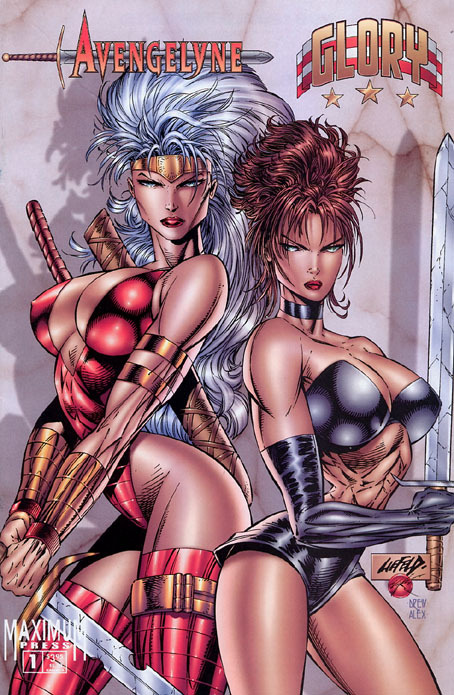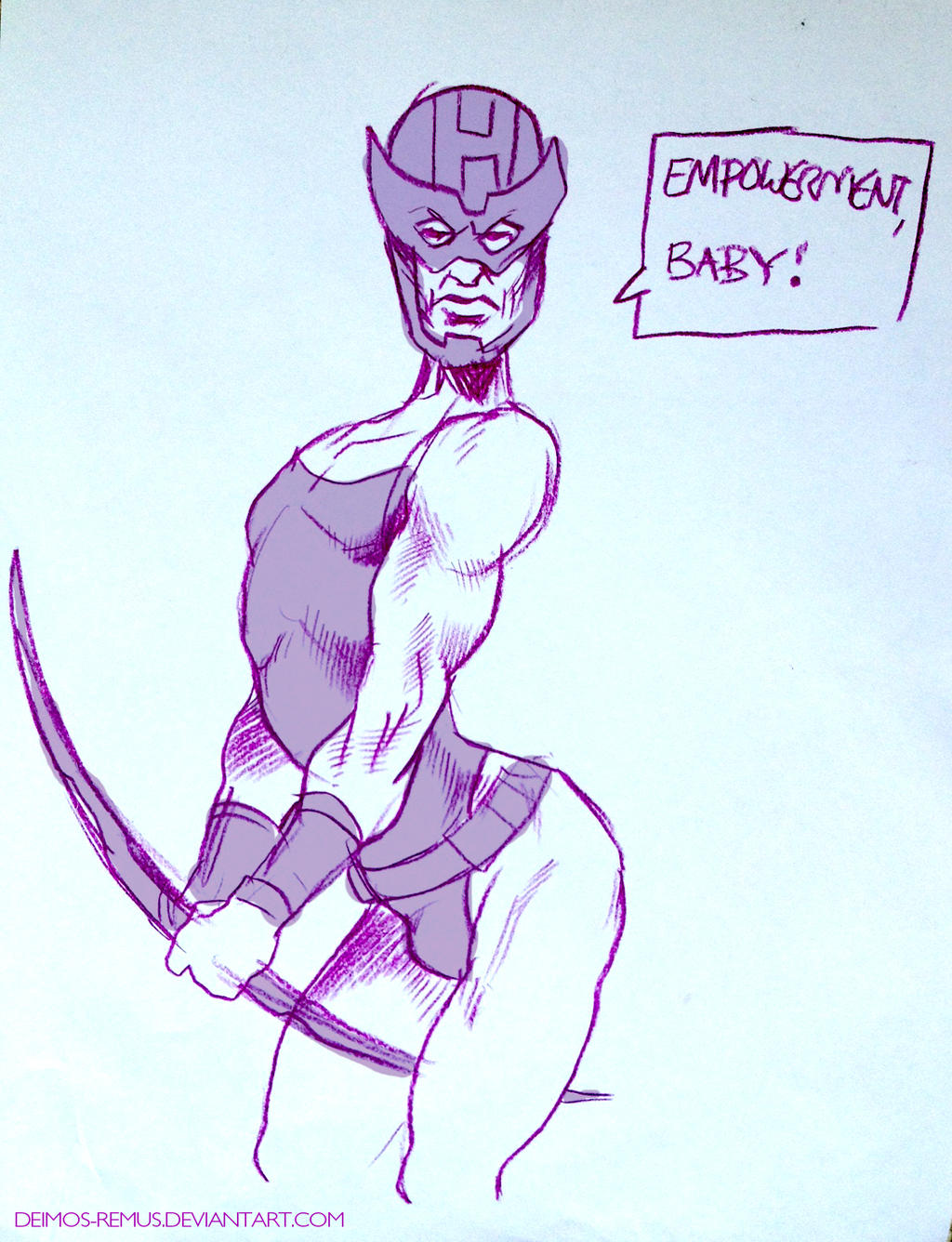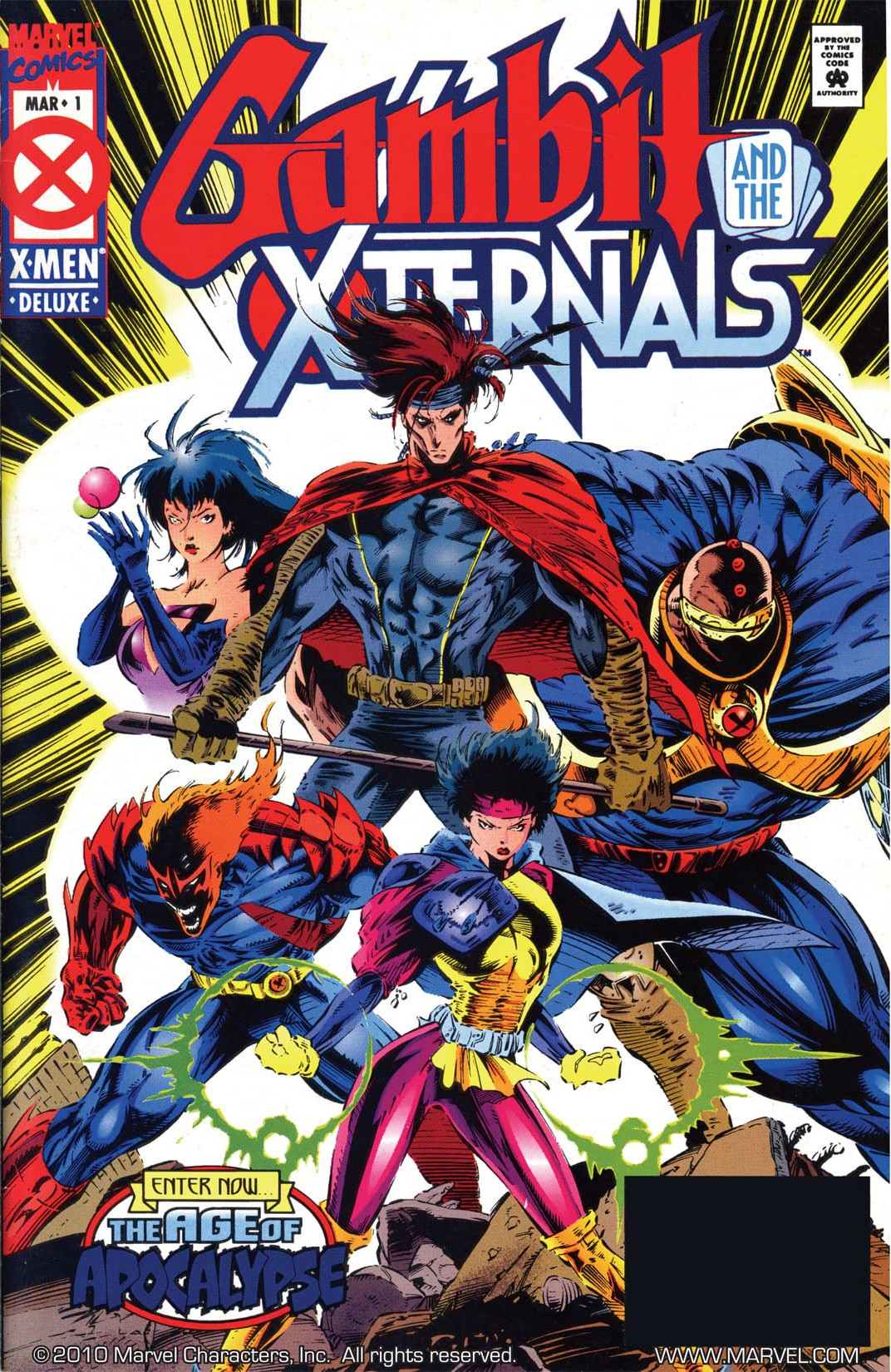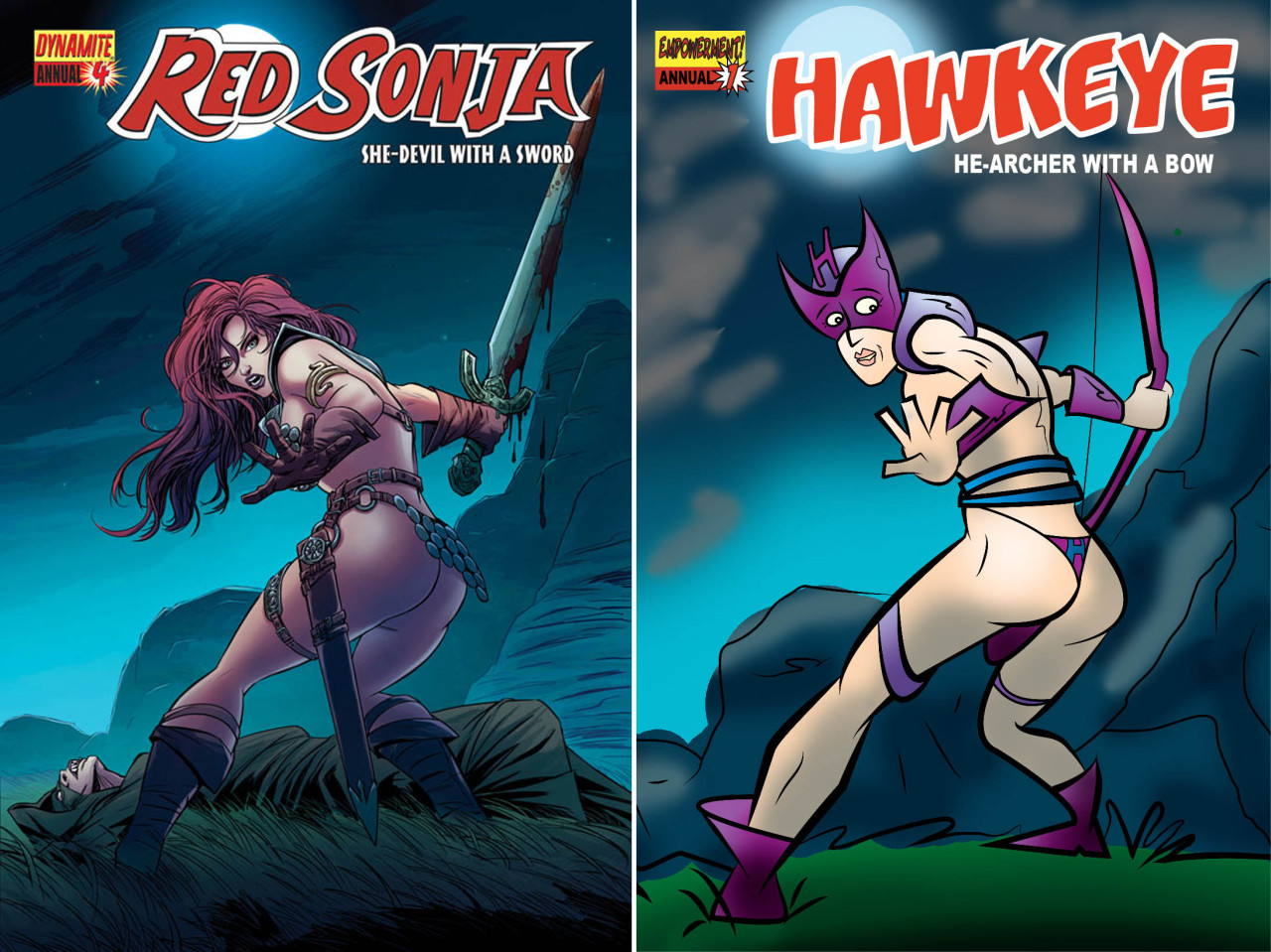Your best work will not be produced via commission. Your best work will come from your own vision, undiluted by anyone else's input, and achieved from long uninterrupted hours at your easel. That said, we illustrators thrive on the crazy adrenaline rush of assignments that come at us in a flurry and fly out of our studios just as quickly, leaving us wild-eyed and tired with some money in our pockets. The commissioned project can give us a sense of accomplishment and pride but cannot in the long run sustain us or boost us to the next level of individual skill or personal idea formulation. Assuming that you desire a fulfilling art career in which you get to lavish your attention and manual skills on ideas and projects that you love, then you may want to rethink what projects you take on.
A career made of fast, short projects or uninspiring commissioned work will *never* allow an artist to really hone any rigorous painting or drawing skills other than perhaps how to cut corners for speed. Duh, right? Fast short projects can occasionally be a good exercise for making the illustrator to have to think quickly, sometimes producing clever results. However, this too can eventually go awry since those initially clever solutions can become gimmicky or produce cookie-cutter responses. We see this happening in a lot of the F+SF industry; when artists are asked to design, rough out, and execute a project in color within a few days, many of the solutions become formulaic. Much of the children's science and educational industry is geared towards this kind of production as well. Schedules are often so tight that artists adopt "styles" from whatever is trending in any given season. Fine artists, too, occasionally take on uninspiring commissions for quick income and do so to their own detriment when they allow the patron to dictate the outcome.
Young illustrators looking for quick entry into the industry, the promise of "getting one's feet wet", "exposure", or the feeling of "paying your dues" are always tempted by potboilers. Female illustrators are even more susceptible to falling into the potboiler trap and never getting out. The social reality of women's lives is that mothers' and caretakers' time doesn't often include long uninterrupted hours for big projects; small assignments can be completed in very short bursts and can tolerate incessant interruptions. In an industry like F+SF where rigorous painting and drawing skills are more valued and monetized, the potboiler trap may be greatly implicated as to why there are fewer women illustrators in this genre.
Almost all artists see potboilers as a pathway to "bigger and better things." What is this "bigger and better" thing? And can't we just skip right to it?
Potboilers don't pay all that well so the bar for quality is set a bit lower; the company isn't taking any real economic risks with these works. Depending on how fast you work, you may be able to crank out a dozen or more of these in a month's time in order to pay the bills. Month after month and year after year you may have your bills paid, but will you really satisfied with a career built on throwaway commissions? If you're not spending an equal amount of time on your own personal projects, then your *career* is eroding your artistic desire and you will eventually lose your artistic integrity.
I will say it again: short, fast, throwaway projects will *never* bump you up to the level of the "big players." Why? Because quick and dirty commissioned work is not the same thing as honing your skills or developing a sustained lifetime practice in art. Ask yourself: why did you get into this in the first place?
Better commissions pay more, have lengthier turnaround time, and offer the artist more say in the conceptual process. By paying the artist more, the company is taking more risk and investing in the artists' vision.These are rare commissions and seasoned illustrators are more likely to secure them. If you aren't able to get these commissions right now because you need to build up your "artistic vision capital" within the industry, then the bigger and better thing is having your own "fine art", personal work to do. It is better to spend your time working on your own ideas. stories, and developing a rigorous practice than to waste your time and effort on crappy commission work.
It is the luxury of time spent on a project that an artist needs most of all. Time to conceptualize an idea and plan out a series of images that best carry that idea. Time to grex and mull over the drawings and make revisions if necessary. Time to plan the color and value structure. Time to luxuriate in the medium. It is quality studio time only that will produce excellence in the artist.
A career made of fast, short projects or uninspiring commissioned work will *never* allow an artist to really hone any rigorous painting or drawing skills other than perhaps how to cut corners for speed. Duh, right? Fast short projects can occasionally be a good exercise for making the illustrator to have to think quickly, sometimes producing clever results. However, this too can eventually go awry since those initially clever solutions can become gimmicky or produce cookie-cutter responses. We see this happening in a lot of the F+SF industry; when artists are asked to design, rough out, and execute a project in color within a few days, many of the solutions become formulaic. Much of the children's science and educational industry is geared towards this kind of production as well. Schedules are often so tight that artists adopt "styles" from whatever is trending in any given season. Fine artists, too, occasionally take on uninspiring commissions for quick income and do so to their own detriment when they allow the patron to dictate the outcome.
Young illustrators looking for quick entry into the industry, the promise of "getting one's feet wet", "exposure", or the feeling of "paying your dues" are always tempted by potboilers. Female illustrators are even more susceptible to falling into the potboiler trap and never getting out. The social reality of women's lives is that mothers' and caretakers' time doesn't often include long uninterrupted hours for big projects; small assignments can be completed in very short bursts and can tolerate incessant interruptions. In an industry like F+SF where rigorous painting and drawing skills are more valued and monetized, the potboiler trap may be greatly implicated as to why there are fewer women illustrators in this genre.
Almost all artists see potboilers as a pathway to "bigger and better things." What is this "bigger and better" thing? And can't we just skip right to it?
Potboilers don't pay all that well so the bar for quality is set a bit lower; the company isn't taking any real economic risks with these works. Depending on how fast you work, you may be able to crank out a dozen or more of these in a month's time in order to pay the bills. Month after month and year after year you may have your bills paid, but will you really satisfied with a career built on throwaway commissions? If you're not spending an equal amount of time on your own personal projects, then your *career* is eroding your artistic desire and you will eventually lose your artistic integrity.
I will say it again: short, fast, throwaway projects will *never* bump you up to the level of the "big players." Why? Because quick and dirty commissioned work is not the same thing as honing your skills or developing a sustained lifetime practice in art. Ask yourself: why did you get into this in the first place?
Better commissions pay more, have lengthier turnaround time, and offer the artist more say in the conceptual process. By paying the artist more, the company is taking more risk and investing in the artists' vision.These are rare commissions and seasoned illustrators are more likely to secure them. If you aren't able to get these commissions right now because you need to build up your "artistic vision capital" within the industry, then the bigger and better thing is having your own "fine art", personal work to do. It is better to spend your time working on your own ideas. stories, and developing a rigorous practice than to waste your time and effort on crappy commission work.
It is the luxury of time spent on a project that an artist needs most of all. Time to conceptualize an idea and plan out a series of images that best carry that idea. Time to grex and mull over the drawings and make revisions if necessary. Time to plan the color and value structure. Time to luxuriate in the medium. It is quality studio time only that will produce excellence in the artist.







